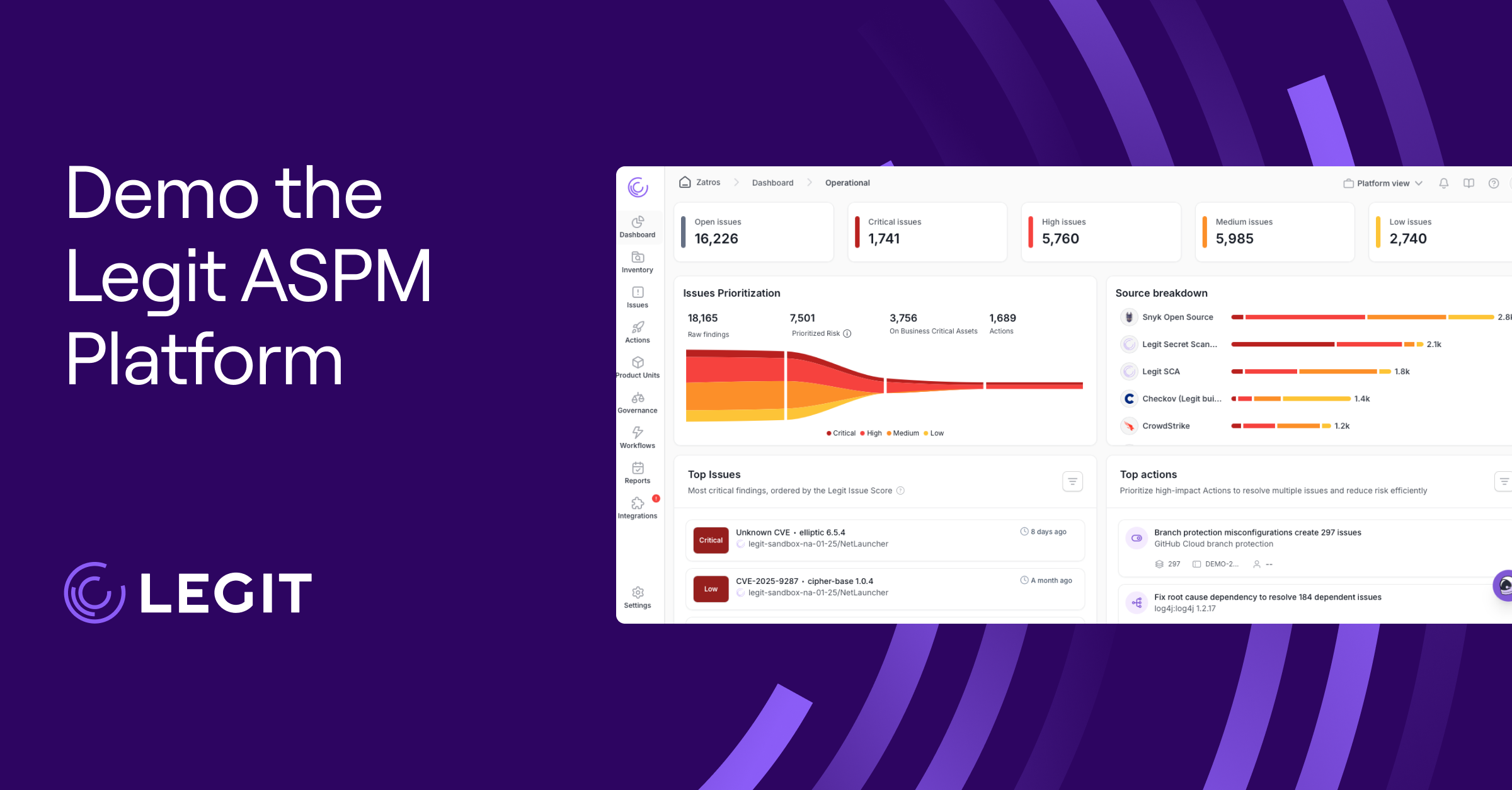Today’s workforce rarely sits behind a single office firewall. Teams work from homes, airports, and coffee shops, and expect the same seamless access everywhere. These new needs strain traditional security models, which were built for centralized networks with fixed perimeters.
Secure Access Service Edge (SASE) brings networking and security together in the cloud to protect users, devices, and data wherever they connect. The result is flexible access and a model designed for modern hybrid work environments. So, what’s SASE architecture, and why does it matter?
What Is SASE?
SASE is a cloud-delivered framework that connects wide-area networking with critical cloud-based security services into a single platform. Instead of piecing together individual solutions, SASE delivers a software-defined wide-area network (SD-WAN) alongside protections like secure web gateways (SWGs), cloud access security brokers (CASBs), and Zero Trust network access (ZTNA). These networks and protections work in tandem to deliver unified visibility and control across your environment.
In practice, SASE controls access to an entire network. Users connect to the nearest regional cloud data center that runs networking and security services (called a cloud point of presence). There, the SASE framework inspects and analyzes traffic, which is then routed directly to its destination.
This network security approach eliminates backhauling through data centers, boosts performance, and keeps security decisions close to the user. A single management plane under SASE architecture ties everything together, so your organization can configure policies and gain visibility across the stack in one place.
Why Is SASE Important for Businesses?
Traditional hub-and-spoke networks struggle to keep up with how businesses operate today. Employees work from anywhere, applications run in the cloud, and data flows through multiple environments.
Trying to bolt on more traditional network security tools, like firewalls or VPNs, often increases environmental complexity without addressing threats like phishing and ransomware. That’s why many security leaders now look at SASE in cybersecurity as a more sustainable approach: It combines network access with cloud adoption.
SASE’s benefits go beyond reducing overhead. By inspecting traffic near the user in the cloud, the framework improves performance and eliminates the inefficiencies of routing traffic through a central data center. It also provides consistent security across software as a service (SaaS), multi-cloud, and on-prem applications. With one framework governing access and protection, your teams spend less time juggling separate tools and can focus on their work.
Find out how we are helping enterprises like yours secure AI-generated code.

5 Core Components of SASE Architecture
SASE brings network connectivity and security controls together under one cloud-based service. The exact mix differs depending on the provider, but these five components usually form the backbone of SASE.
1. Secure Web Gateway (SWG)
An SWG inspects web traffic to block malicious activity and enforce browsing policies. By acting as a checkpoint between users and the Internet, it gives you stronger control over what enters and exits your network.
2. Software-Defined Wide Area Network (SD-WAN)
SD-WANs route traffic along the fastest path between branch offices, cloud services, and end users. They steer traffic intelligently to improve performance and reduce the need for costly private lines.
3. Firewall as a Service (FWaaS)
FWaaS moves advanced firewall functions to the cloud. Instead of managing independent firewalls at every site, you can apply consistent filtering and intrusion prevention wherever your employees connect.
4. Zero Trust Network Access (ZTNA)
ZTNA follows the principle “never trust, always verify.” Every access request must prove its legitimacy based on identity and context before reaching an application, which greatly reduces the risk of breaches.
5. Cloud Access Security Brokers (CASB)
CASBs bring visibility to SaaS usage and enforce security policies within those applications. They allow security teams to detect unsanctioned apps and prevent sensitive information from leaving the environment.
Together, these core components form the foundation of a SASE deployment. Other features, such as digital experience monitoring (DEM), data loss prevention (DLP), or a code-to-cloud security platform, may also be part of the mix.
What Are the Benefits of SASE?
SASE changes where and how you enforce security and deliver connectivity. For many teams, this affects everything from cost to performance and day-to-day operations. Here are some of the biggest benefits of adopting SASE.
Enhanced Security
SASE inspects traffic in the cloud and keeps decisions close to the user. In combination with SASE’s ZTNA, there’s less exposure from legacy network designs, and lateral movement is limited by verifying identity and device context before every connection.
Reduced Costs
Replacing fleets of branch appliances and piecemeal point tools with a cloud-delivered service cuts total spending. Teams manage fewer on-prem devices, trimming maintenance overhead, and can scale protection instantly through the cloud instead of shipping and installing hardware at every location.
SASE’s cloud-native approach provides unprecedented scalability, allowing you to expand or contract your security footprint based on your individual business needs.
It’s no surprise, then, that Hewlett Packard found 65% of enterprises have or would adopt a SASE strategy—up from 1% in 2018 and 45% in 2021—demonstrating how cost savings and efficiency are driving adoption.
Centralized Orchestration
With a SASE framework, IT and security teams manage updates and monitor systems from a single console. That unified control makes it faster to roll out updates and policy changes while giving you a clearer picture of security risks.
Improved Performance
Instead of routing traffic through a central data center, SASE processes it at the nearest point of presence and routes it directly to its destination. Users see lower latency and more consistent app experiences, which preserves quality and protects user trust as more workloads run cloud services and SaaS platforms.
Better Support for Hybrid Work
Whether people connect from the office, home, or the road, SASE applies the same policies and access model. That consistency keeps remote and mobile users productive without the clunky back-and-forth of traditional VPNs, seamlessly supporting hybrid work patterns.
Challenges of SASE
SASE architecture smooths and streamlines traffic flow while improving local safety and lowering cost. But the framework isn’t perfect, and transitioning from your current security system to SASE brings some hurdles in areas such as:
- Comprehensive coverage: Some environments, like branch-heavy footprints, still need a mix of cloud-delivered controls and on-prem capabilities. You’ll need to map gaps and decide where hybrid security designs make sense.
- Product selection and integration: Most teams converge SD-WAN and cloud security in stages, which means stitching together capabilities and vendors before you have everything in place.
- Redefining team roles and collaboration: Network and security operations share more of the same stack under SASE. You’ll need clear policy ownership, as well as routing, identity, and incident responses, so work doesn’t fall through the cracks.
- Policy design and ongoing tuning: Identity and context drive access decisions in SASE. Writing those policies is complex, and they’ll need to be continuously adjusted to balance security with user experience.
- Building trust in the model: Leaders may hesitate to replace familiar appliances with a new cloud-delivered framework. Proof-of-concepts, measurable outcomes, and staged rollout go a long way to establish SASE’s effectiveness.
- Privacy expectations versus continuous monitoring: SASE platforms collect rich telemetry to enforce Zero Trust. Set guardrails for data retention and visibility, and communicate clearly with employees about the information you collect and why.
- Legacy system integration: Older apps and networks don’t always play nice with cloud-native controls. Plan for interim hybrids and phased migrations to avoid breaking workflows.
- Vendor reach and performance: User experience depends on the cloud provider's points of presence. Validate coverage and latency where your workflow and apps live.
- Retiring tool sprawl: SASE consolidates functions, but you still need a decommission plan for overlapping tools once SASE is up and running so you don’t carry unnecessary cost and complexity forward.
Enhance SASE Architecture With Legit Security
A SASE framework secures how users connect, but doesn’t always reach deep into the software delivery process. That’s where Legit Security comes in. By integrating Legit’s platform with your SASE architecture, you can extend protection beyond the edge of the network to the source code and pipelines that power your applications.
Legit helps you build end-to-end coverage across the entire lifecycle. Our code-to-cloud application security posture management (ASPM) capabilities close the visibility gap between infrastructure and development, ensuring that vulnerabilities in code or CI/CD environments don’t undermine the protections SASE delivers at the access layer. The result is a unified model that safeguards users, data, and the applications themselves.
To learn more about how Legit Security can round out your SASE architecture, book a demo today.
Download our new whitepaper.

